Home>Garden Essentials>How Much Clover Seed Per Acre
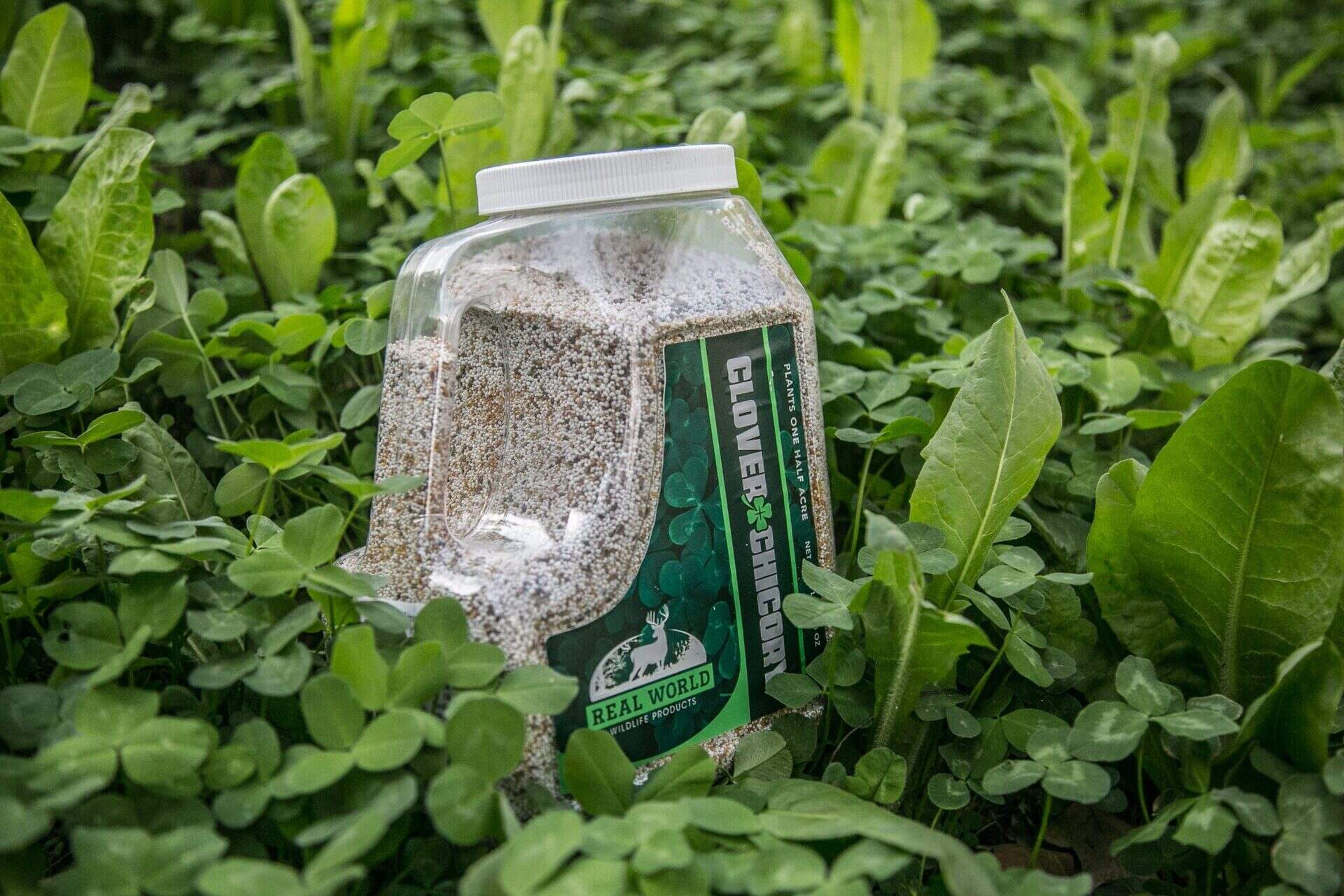

Garden Essentials
How Much Clover Seed Per Acre
Modified: March 24, 2024
Looking to plant clover in your garden? Find out how much clover seed per acre you need for a successful and thriving garden.
(Many of the links in this article redirect to a specific reviewed product. Your purchase of these products through affiliate links helps to generate commission for Storables.com, at no extra cost. Learn more)
Introduction
Welcome to our comprehensive guide on calculating the amount of clover seed needed per acre for optimal results. Clover is a versatile plant popular among gardeners, farmers, and landscapers for its numerous benefits, including nitrogen fixation, soil enrichment, and as a forage crop for livestock. Whether you’re looking to establish a lush clover lawn or enhance your pasture with clover’s nitrogen-fixing properties, understanding the correct seeding rate is essential for success.
Choosing the appropriate amount of clover seed per acre depends on several factors, including the clover variety, soil conditions, and the desired outcome. In this article, we will delve into these considerations and provide you with practical tips on calculating the optimal seeding rate based on your specific needs. By following these guidelines, you can ensure a healthy clover stand and maximize the benefits of this valuable plant.
Before we dive into the details, let’s take a closer look at the different clover seed varieties available and why proper soil preparation is crucial for successful seed establishment.
Key Takeaways:
- Proper seeding rate ensures healthy clover growth, reduces competition, and benefits soil health, weed suppression, and forage production.
- Consider soil conditions, clover variety, and post-seeding care to calculate the optimal clover seed amount per acre for successful planting.
Read more: How Much Sorghum Seed Per Acre
Factors to Consider
When determining the amount of clover seed per acre, there are several important factors to take into account:
- Clover Variety: There are numerous clover varieties available, each with its own characteristics and growth habits. Red clover, white clover, and alsike clover are popular choices. Consider the specific requirements and characteristics of the clover variety you plan to sow, such as its growth height, drought tolerance, or compatibility with other plants.
- Soil Conditions: The fertility, pH level, and moisture content of your soil play a significant role in determining the success of your clover seeding. Conduct a soil test to determine the nutrient levels and pH of your soil. Clover prefers well-drained soil with a pH range of 6 to 7. Adjust the soil conditions accordingly before sowing the seed to promote optimal growth and establishment.
- Desired Outcome: Clarify your goal for planting clover. Are you aiming for a dense lawn, improved pasture, or soil enrichment? The intended purpose will influence the recommended seeding rate. For instance, if you’re growing clover as a ground cover for erosion control, a higher seeding rate might be necessary.
- Pests and Diseases: Consider the prevalent pests and diseases in your area that may affect clover growth. Take preventive measures or choose seed varieties with resistance to specific pests or diseases to ensure a successful and healthy clover stand.
- Availability of Water: The availability of water is crucial, especially during the germination and establishment stages. If you have limited access to irrigation, you may need to adjust the seeding rate to account for potential moisture stress.
By carefully evaluating these factors, you can determine the appropriate amount of clover seed to sow per acre and set the stage for a successful planting endeavor. In the next section, we’ll discuss the different varieties of clover seed available and their specific seeding rate recommendations.
Clover Seed Varieties
When selecting clover seed for your project, it’s important to consider the different varieties available and their specific characteristics. Here are some popular clover seed varieties and their recommended uses:
- Red Clover (Trifolium pratense): Red clover is a versatile variety that is known for its nitrogen-fixing capabilities and its attractiveness to pollinators. It is commonly used in pasture mixtures, as a cover crop, or in wildflower seed mixes. Red clover can tolerate a wide range of soil conditions and is well-suited for most regions with adequate moisture. The recommended seeding rate for red clover is usually around 8-12 pounds per acre for pure stand or 2-8 pounds per acre when used in a mixture.
- White Clover (Trifolium repens): White clover is a low-growing perennial clover that spreads via stolons. It’s a popular choice for lawns, as it can add nitrogen to the soil and thrive in lower mowing heights. White clover is also favored in pasture mixtures, providing forage for livestock. The recommended seeding rate for white clover is typically around 2-4 pounds per acre for pure stand or 1-2 pounds per acre when used in a mixture.
- Alsike Clover (Trifolium hybridum): Alsike clover is a hardy clover variety that can tolerate wetter soil conditions compared to other clover types. It is often used in areas with poorly drained soil or in mixtures for wetland restorations. Alsike clover provides good forage for grazing livestock and attracts pollinators. The recommended seeding rate for alsike clover is similar to red clover, around 8-12 pounds per acre for pure stand or 2-8 pounds per acre when used in a mixture.
These are just a few examples of the numerous clover seed varieties available on the market. Each variety offers different benefits and is suited to specific conditions. When choosing a clover variety, consider the intended use, soil conditions, and climate in your area. Now that you have a better understanding of clover seed varieties, let’s move on to the next crucial step in the process – soil preparation.
Soil Preparation
Proper soil preparation is a crucial step in establishing a healthy and thriving clover stand. Here are the key considerations for preparing your soil:
- Soil Testing: Before seeding, it’s important to conduct a soil test to determine the nutrient levels and pH of your soil. This will help you identify any deficiencies or imbalances and allow you to make necessary amendments. Contact your local extension office or a reputable soil testing laboratory to collect soil samples and receive recommendations for fertilizer application.
- Remove Weeds and Debris: Clear the area of any weeds, rocks, or debris that could impede seed germination and establishment. Remove any existing vegetation by tilling or using a weed cutter, ensuring that the soil surface is smooth and free from obstructions.
- Soil pH Adjustment: Clover thrives in soil with a pH range of 6 to 7. If your soil pH is too acidic or alkaline, adjust it accordingly. Lime can be added to raise pH, while sulfur or elemental sulfur can be used to lower pH. Follow the recommendations from your soil test results to determine the appropriate amount of amendments needed.
- Soil Amendment: Based on your soil test results, you may need to incorporate organic matter or additional nutrients to improve soil fertility. Compost, well-rotted manure, or other organic amendments can be mixed into the soil to enhance its structure, drainage, and nutrient-holding capacity.
- Seedbed Preparation: Create a favorable seedbed by tilling the soil to a depth of 4 to 6 inches. This helps break up compacted soil, improves seed-to-soil contact, and promotes better root development. Remove any large clumps or rocks that could interfere with seed placement.
- Seedbed Firming: After tilling, level the soil and firm it gently using a roller, cultipacker, or by lightly dragging a board across the soil surface. This firming step ensures good seed-to-soil contact, which is essential for successful germination and establishment.
- Moisture: Before sowing the seed, ensure that the soil is adequately moist. If the soil is too dry, irrigate the area a day or two before planting to provide optimal moisture conditions for germination.
By following these soil preparation guidelines, you’ll create an ideal environment for your clover seeds to germinate and establish a strong root system. In the next section, we’ll discuss the recommended seeding rate for clover and how to calculate the amount of seed needed per acre.
Seeding Rate Recommendations
The seeding rate refers to the amount of clover seed to be sown per unit area, usually measured in pounds per acre. The recommended seeding rates for clover can vary depending on the specific variety and purpose. Here are some general guidelines for the seeding rates of common clover varieties:
- Red Clover: The recommended seeding rate for red clover is typically around 8-12 pounds per acre for a pure stand. If red clover is used in a mixture with other grasses or legumes, the seeding rate may be reduced to 2-8 pounds per acre.
- White Clover: For white clover, the recommended seeding rate is usually about 2-4 pounds per acre for a pure stand. If white clover is included in a mixture, the seeding rate may be lower, around 1-2 pounds per acre.
- Alsike Clover: Alsike clover has a similar seeding rate to red clover, with recommendations of 8-12 pounds per acre for a pure stand and 2-8 pounds per acre when used in a mixture.
It’s important to note that these seeding rates are general recommendations and may vary based on factors such as soil conditions, climate, intended use, and desired density of the clover stand. Always refer to the specific recommendations provided by the seed supplier or consult with your local agricultural extension office for more tailored advice.
Calculating the exact amount of seed needed per acre can help you avoid over- or under-seeding. In the next section, we’ll discuss how to calculate the required quantity of clover seed based on the desired seeding rate.
Read more: How Much Ryegrass Seed Per Acre
Calculating Clover Seed Requirement per Acre
Calculating the amount of clover seed required per acre is essential to ensure proper seed density and achieve the desired results. Here are the steps to help you determine the clover seed requirement:
- Determine the Seeding Rate: First, identify the recommended seeding rate for the specific clover variety you plan to sow. Refer to the guidelines provided by the seed supplier or your local agricultural extension office for the ideal seeding rate per acre.
- Measure the Area: Measure the total area in acres that you intend to seed with clover. This can be done by multiplying the length by the width of the area or by using a GPS device or online mapping tools to calculate the acreage accurately.
- Calculate Seed Requirement: To calculate the seed requirement, multiply the seeding rate (in pounds per acre) by the total acreage. This will give you the total weight of clover seed needed for the entire area.
- Consider Seed Purity and Germination Rate: It’s important to account for the seed purity and germination rate when calculating the seed requirement. The purity percentage indicates the amount of pure seed in a given batch, while the germination rate represents the percentage of viable seeds that are expected to germinate. Multiply the seed requirement by the inverse of the purity and germination rates to adjust for these factors.
- Adjust for Overseeding or Sparse Areas: Depending on your specific goals, you may want to adjust the seed requirement to account for potential over-seeding or areas that require extra seed for sparse coverage. This will ensure uniformity and adequate coverage across the entire area.
By following these steps and considering factors such as seed purity, germination rate, and any necessary adjustments, you can calculate the precise quantity of clover seed needed per acre for your project. Having the correct amount of seed will help you achieve the desired density and maximize the benefits of clover growth.
In the next section, we’ll discuss the optimal timing for seeding clover and the different methods you can use for seed distribution.
For a new clover stand, plant 8-10 pounds of clover seed per acre. If overseeding, use 4-6 pounds per acre. Adjust based on specific clover type and local conditions.
Timing of Seeding
Choosing the right time to sow your clover seed is crucial for successful establishment and growth. The timing of seeding can vary depending on the specific clover variety, climate, and intended use. Here are some general guidelines to consider when determining the optimal timing:
- Fall Seeding: Fall is often considered the best time for seeding clover in many regions. The soil is still warm from the summer months, which promotes germination and root development. Additionally, fall seeding allows the clover plants to establish a strong root system before winter dormancy, leading to robust growth in the following spring. Aim to sow the seed around 4-6 weeks before the first expected frost in your area.
- Spring Seeding: In some areas, spring can also be a suitable time for clover seeding. If you missed the fall seeding window or have specific reasons for spring planting, aim to sow the seed when soil temperatures have reached a consistent 50-70°F (10-21°C). This ensures favorable conditions for germination and establishment. Keep in mind that spring-seeded clover may require more attention to weed control and irrigation during the initial stages of growth, as competition from weeds and drought stress can be more significant in the warmer months.
- Winter Seeding: In regions with mild winters, you may consider winter seeding, which involves sowing the clover seed during the winter months when there are periods of favorable soil moisture and temperatures. This method takes advantage of natural freezing and thawing cycles to aid in seed-to-soil contact and improve germination rates. However, winter seeding can be riskier due to unpredictable weather conditions and the potential for seed washout or reduced germination due to cold temperatures.
It’s important to note that the timing may vary based on your specific location and climate. Consult with local agricultural extension offices or experienced gardeners in your area to determine the most suitable timing for clover seed sowing.
Now that you know the best time to sow your clover seeds, let’s explore different methods for distributing the seed evenly across your designated area.
Seed Distribution Methods
When it comes to distributing clover seed, there are various methods you can choose from depending on the size of the area and your personal preference. Here are some common seed distribution methods to consider:
- Hand Broadcasting: This method involves manually scattering the clover seed by hand across the designated area. It is suitable for small to medium-sized areas and allows for greater control over seed distribution. To ensure even coverage, divide the seed into smaller portions and walk in a crisscross pattern while broadcasting. Be mindful of wind direction to minimize seed drift.
- Machine Broadcasting: For larger areas, using a mechanical seeder or broadcast spreader can help distribute the clover seed more efficiently and evenly. These tools allow for larger coverage areas and often have adjustable settings to control the rate of seed dispersal. Follow the manufacturer’s instructions for proper operation and calibration of the seeder or spreader.
- Drilling: Using a seed drill is another effective method for sowing clover seed. Seed drills create furrows in the soil and deposit the seed at the desired depth. This method ensures good seed-to-soil contact and helps prevent seed drift or uneven distribution. Seed drills are commonly used for larger-scale farming or pasture renovations.
- Hydroseeding: Hydroseeding is a technique that involves mixing the clover seed with a slurry of water, mulch, and binding agents to create a homogenous mixture. The mixture is then sprayed over the designated area using specialized equipment. Hydroseeding provides excellent seed-to-soil contact and promotes rapid germination, making it suitable for areas with erosion concerns or hard-to-reach spots.
- Aerial Seeding: In large-scale farming or reclamation projects, aerial seeding can be employed. This method involves applying the clover seed from an aircraft, ensuring widespread coverage across a vast expanse of land. While aerial seeding can be efficient in terms of coverage, it requires specialized equipment and is typically reserved for large-scale operations.
Remember to follow the recommended seeding rate and adjust the distribution method accordingly to achieve a uniform spread of clover seed across the designated area. After seed distribution, proper post-seeding care is crucial to promote germination and establishment, which we will discuss in the next section.
Now that you are familiar with the different seed distribution methods, let’s move on to understanding the necessary steps for post-seeding care.
Post-Seeding Care
After seeding your clover, proper post-seeding care is essential to ensure successful germination and establishment. Here are some important steps to follow for optimal post-seeding care:
- Watering: Immediately after seeding, it’s crucial to provide adequate moisture to the newly sown clover seeds. Keep the soil consistently moist, but not waterlogged, during the germination period. Frequent, light watering is preferred to prevent runoff and ensure thorough seed coverage. Consider using sprinklers, drip irrigation, or hand watering depending on the size of the area.
- Weed Control: Monitor the seeded area for the emergence of weeds and take appropriate measures to control them. Weeds can compete with the young clover plants for resources and hinder their growth. Consider using organic weed control methods such as hand-pulling, mulching, or applying herbicides labeled for use on clover. Always follow the manufacturer’s instructions and safety precautions when using any herbicides.
- Managing Grazing: If you are establishing clover for pasture or forage purposes, it’s crucial to manage grazing properly during the establishment phase. Grazing too early or too heavily can impede plant growth and negatively impact the clover stand. Allow the clover plants to establish a strong root system before introducing grazing animals, and practice rotational grazing to prevent overgrazing and promote even regrowth.
- Fertilization: Depending on your soil test results and the specific requirements of your clover variety, additional fertilizer applications may be necessary. Follow the recommendations from your soil test and consult with a knowledgeable agricultural professional to determine the appropriate fertilization regimen. Avoid excessive nitrogen fertilizers as excessive nitrogen can hinder clover’s ability to fix atmospheric nitrogen.
- Mowing: Once the clover plants have reached a mature height, typically around 6-8 inches, consider mowing the area to encourage branching and promote denser growth. Adjust the mower height to avoid cutting the clover plants too short, as this can stress the plants and hamper their ability to photosynthesize effectively.
- Monitoring and Maintenance: Regularly monitor the clover stand for any signs of pests, diseases, or nutrient deficiencies. Address any issues promptly to prevent their spread and to maintain a healthy and vibrant clover stand. As the clover matures, consider implementing a regular maintenance routine that includes mowing, overseeding if needed, and prudent weed control practices.
By following these post-seeding care guidelines, you can provide your newly sown clover seeds with the best conditions for successful germination, establishment, and long-term growth.
Now that we have covered the essential steps for post-seeding care, let’s explore the benefits of ensuring the proper seeding rate for your clover planting.
Read more: How Much Is Corn Seed Per Acre
Benefits of Proper Seeding Rate
Ensuring the proper seeding rate when sowing clover seeds offers a multitude of benefits for your planting project. Here are the key advantages of maintaining the correct seeding rate:
- Optimal Plant Density: Seeding at the recommended rate helps achieve the desired plant density in your clover stand. The right amount of seed ensures sufficient coverage across the designated area, promoting a thick and uniform growth. This density not only enhances the visual appeal but also maximizes the benefits of clover, such as weed suppression, erosion control, and nutrient fixation.
- Reduced Competition: Proper seed density minimizes competition among clover plants. When the planting is appropriately spaced, each individual plant has enough room and resources to grow to its full potential. This reduces competition for light, water, and nutrients, allowing the clover plants to thrive and optimize their productivity.
- Improved Forage Production: Whether you’re growing clover for pasture or as a forage crop, a proper seeding rate contributes to higher forage production. The right density of clover plants ensures a higher yield of nutritious forage, providing a valuable food source for grazing animals. The increased forage production also helps support soil health and fertility through nutrient accumulation and nitrogen fixation.
- Enhanced Soil Health: Clover’s nitrogen-fixing capabilities play a crucial role in soil health and fertility. Optimal seeding rates contribute to efficient nitrogen fixation, leading to increased soil nitrogen levels over time. This benefits not just the clover plants themselves but also the surrounding crops or plants in a mixed planting. The improved soil health supports microbial activity, enhances nutrient availability, and promotes overall ecosystem balance.
- Better Weed Suppression: A dense clover stand helps suppress the growth of weeds by outcompeting them for resources. Proper seeding rates ensure that the clover plants have sufficient coverage and can effectively shade out unwanted weed species. This minimizes the need for herbicides or manual weed control measures and reduces the risk of weed infestations that can impact plant health and productivity.
- Environmental Benefits: Clovers, with their nitrogen-fixing ability, contribute to reducing the need for synthetic nitrogen fertilizers. By maintaining the proper seeding rate, you can take full advantage of clover’s nitrogen-fixation potential, reducing the environmental impact associated with excessive fertilizer use. Additionally, the dense growth of clover helps prevent soil erosion, improves soil structure, and supports biodiversity by providing habitat and food sources for beneficial insects and pollinators.
By understanding and implementing the appropriate seeding rate for your clover planting, you’ll reap the benefits of a healthy, productive, and sustainable clover stand. The next section will conclude our comprehensive guide on calculating clover seed requirements per acre.
As we conclude this guide on calculating clover seed requirements per acre, we hope you have gained valuable insights into the factors to consider when determining the seeding rate and the benefits of proper seeding. By selecting the right clover seed variety, preparing the soil adequately, and distributing the seed evenly, you are setting the stage for a successful clover planting project. Ensuring proper post-seeding care, such as watering, weed control, and monitoring, will promote healthy establishment and growth. Remember to consult local experts or resources for region-specific recommendations tailored to your specific needs. With the right approach, you can enjoy the many advantages of having a thriving clover stand, including improved soil health, increased forage production, and environmental benefits. Happy planting!
Conclusion
Clover can be a valuable addition to gardens, pastures, and landscapes, providing numerous benefits such as nitrogen fixation, soil enrichment, and forage production. Calculating the appropriate amount of clover seed per acre is essential for achieving successful establishment and maximizing these benefits. By considering factors like clover variety, soil conditions, and desired outcome, you can determine the optimal seeding rate for your specific project.
Proper soil preparation, including soil testing, weed removal, pH adjustment, and soil amendment, sets the foundation for healthy clover growth. Selecting the right clover seed variety, such as red clover, white clover, or alsike clover, ensures compatibility with your goals and environmental conditions.
The timing of clover seeding is crucial, with fall being preferred in many regions for optimal germination and establishment before winter dormancy. Spring or winter seeding may also be suitable depending on your location and specific circumstances.
When it comes to distributing clover seed, methods like hand broadcasting, machine broadcasting, drilling, hydroseeding, or aerial seeding can be employed based on the area size and resources available.
Post-seeding care is essential to promote successful clover growth. This includes proper watering, weed control, grazing management, fertilization, mowing, and regular monitoring and maintenance.
By ensuring the correct seeding rate, you can enjoy a multitude of benefits. These include optimal plant density, reduced competition, improved forage production, enhanced soil health, better weed suppression, and environmental benefits like reduced synthetic fertilizer use and prevention of soil erosion.
In conclusion, by following the guidelines outlined in this comprehensive guide, you can confidently calculate the required amount of clover seed per acre and establish a thriving clover stand. Remember to consult local experts or resources for region-specific recommendations and adjust your approach as needed. With proper planning, preparation, and care, you can enjoy the many advantages of a healthy and productive clover planting. Happy gardening!
Frequently Asked Questions about How Much Clover Seed Per Acre
Was this page helpful?
At Storables.com, we guarantee accurate and reliable information. Our content, validated by Expert Board Contributors, is crafted following stringent Editorial Policies. We're committed to providing you with well-researched, expert-backed insights for all your informational needs.
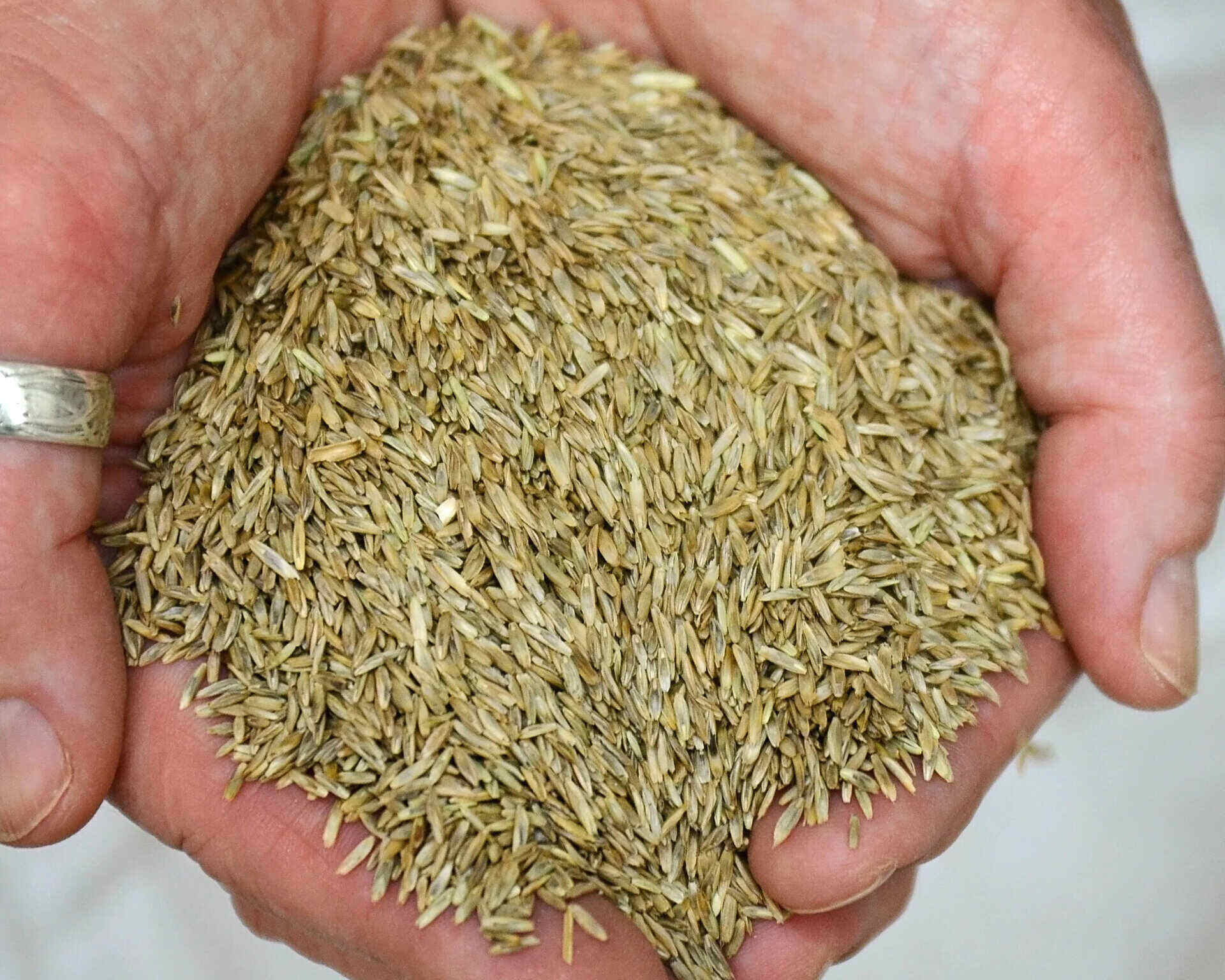
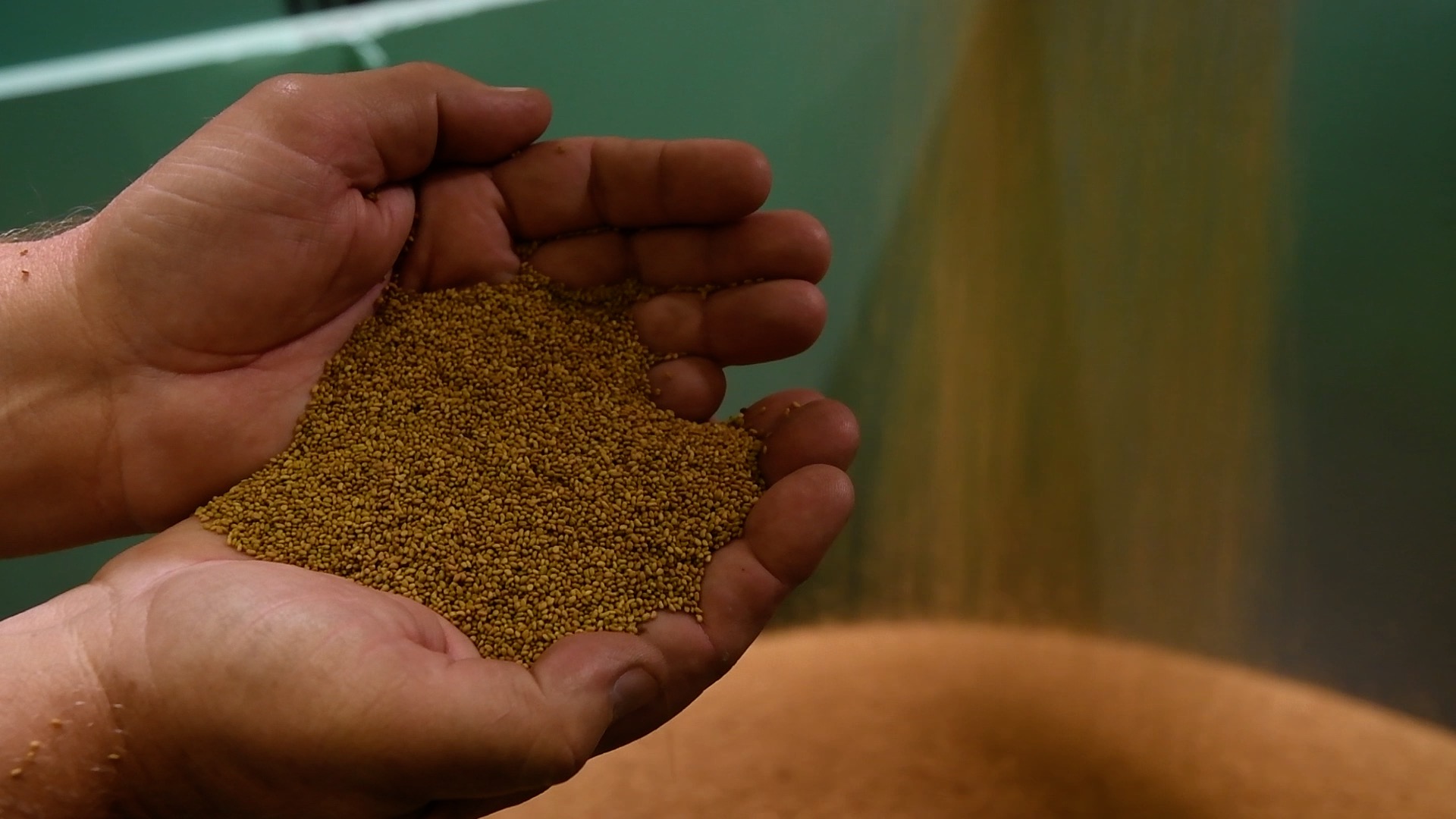
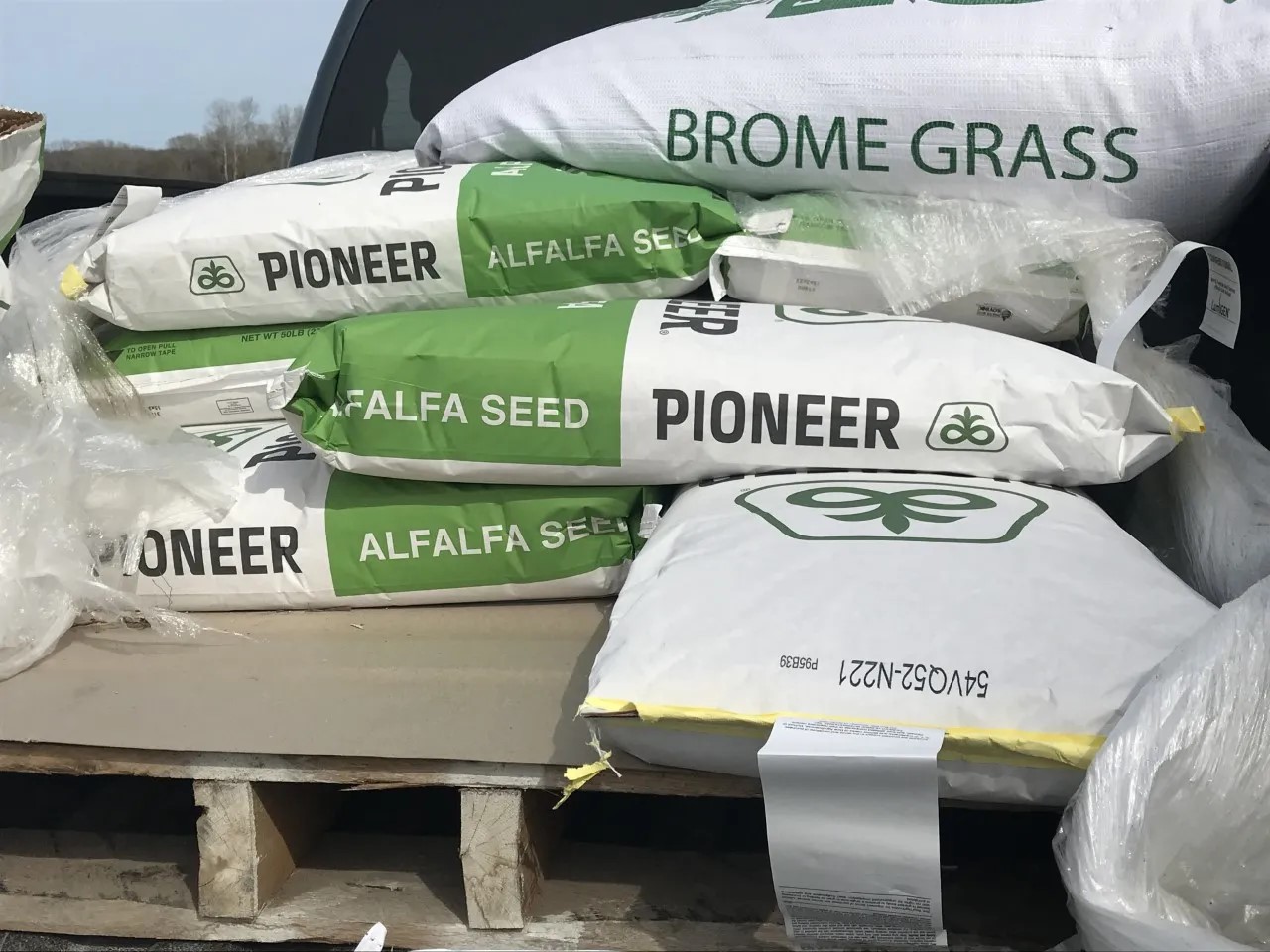
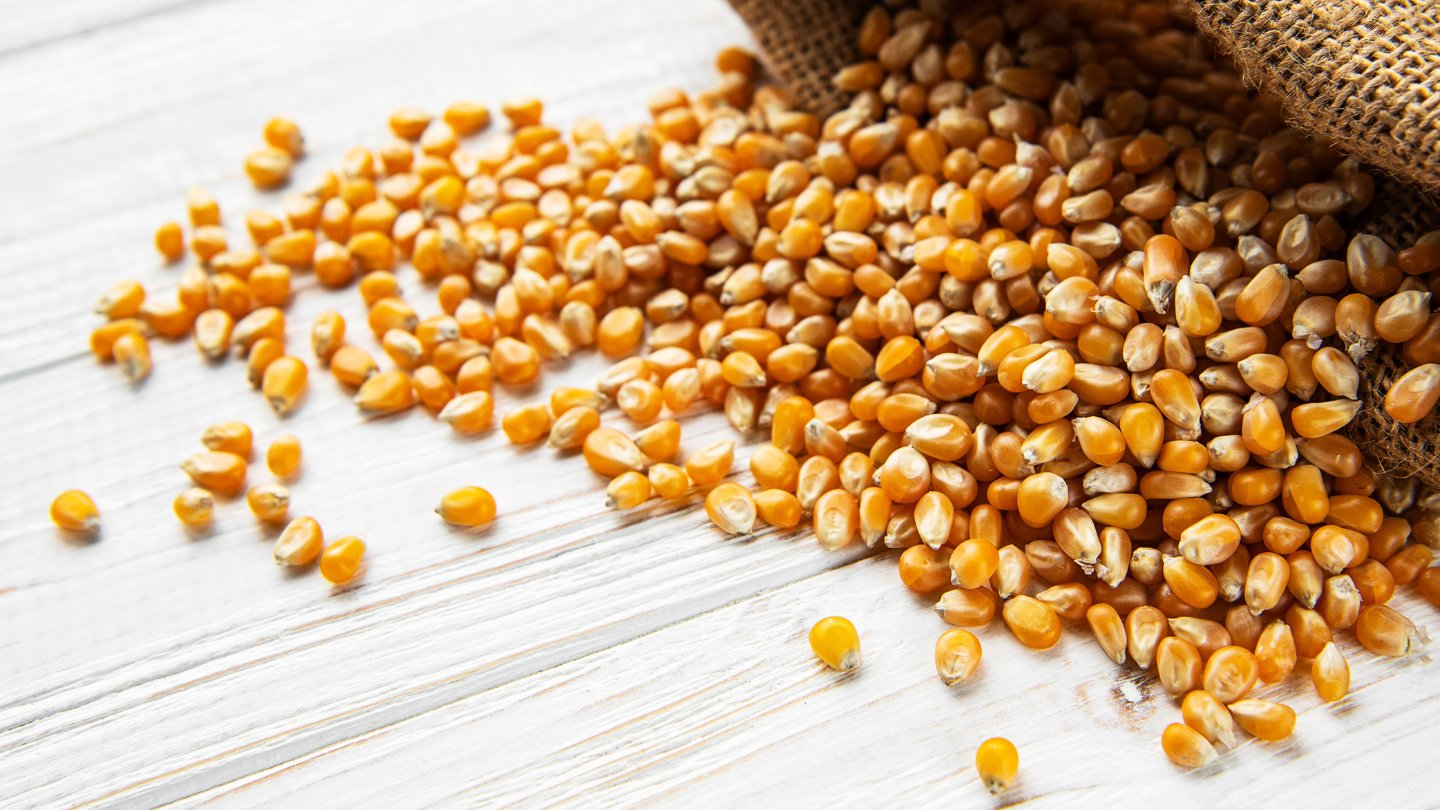
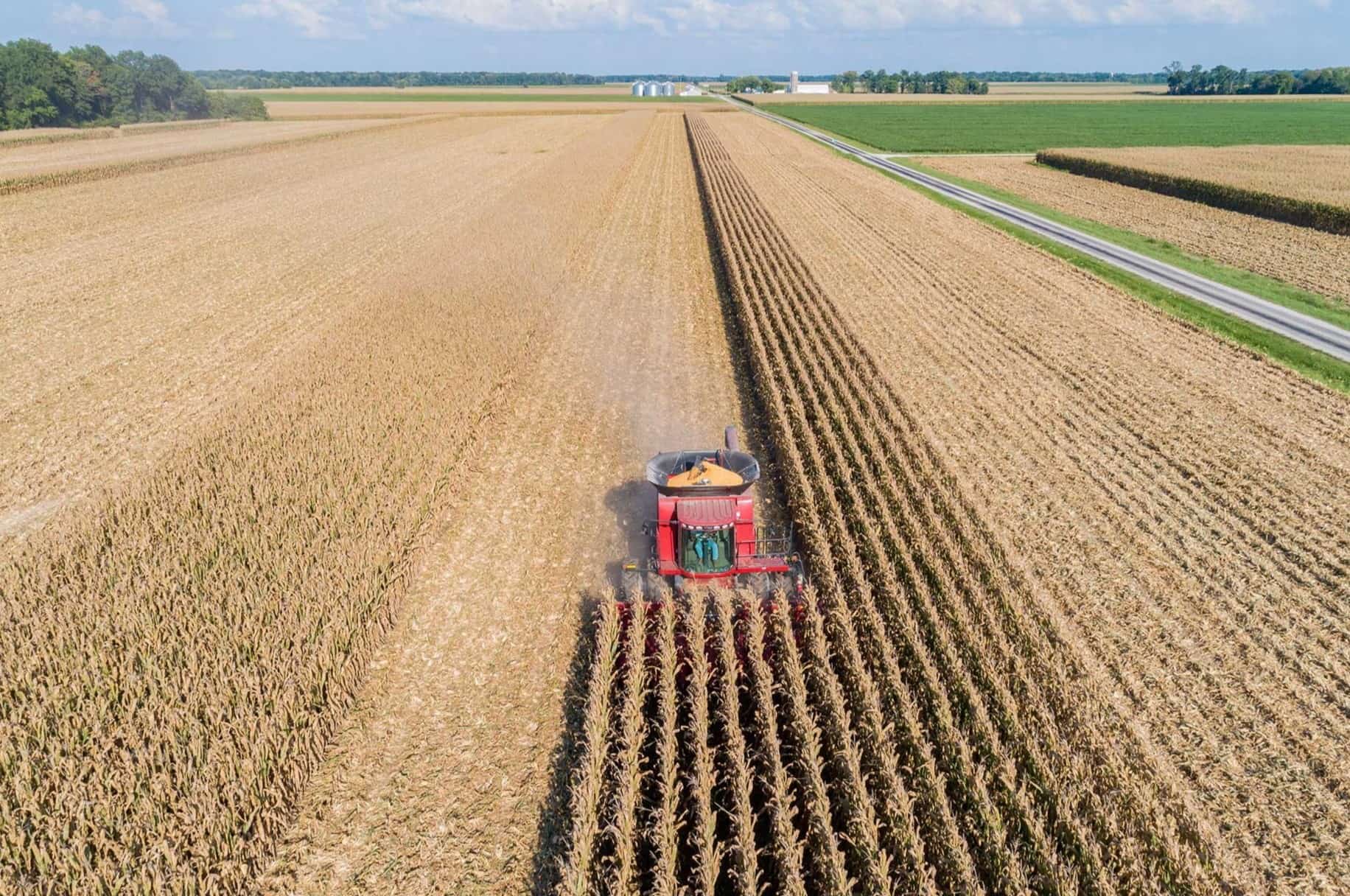
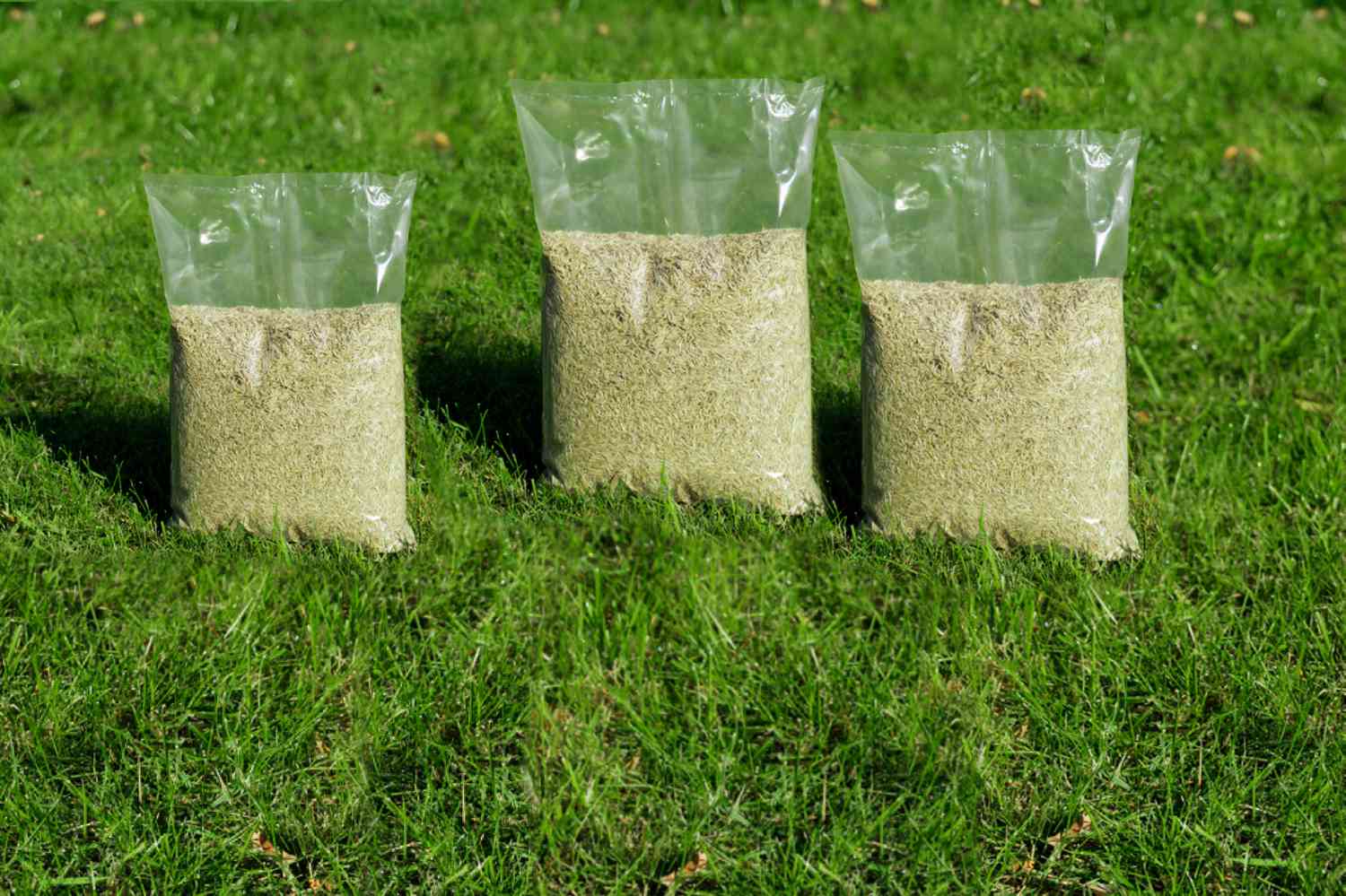
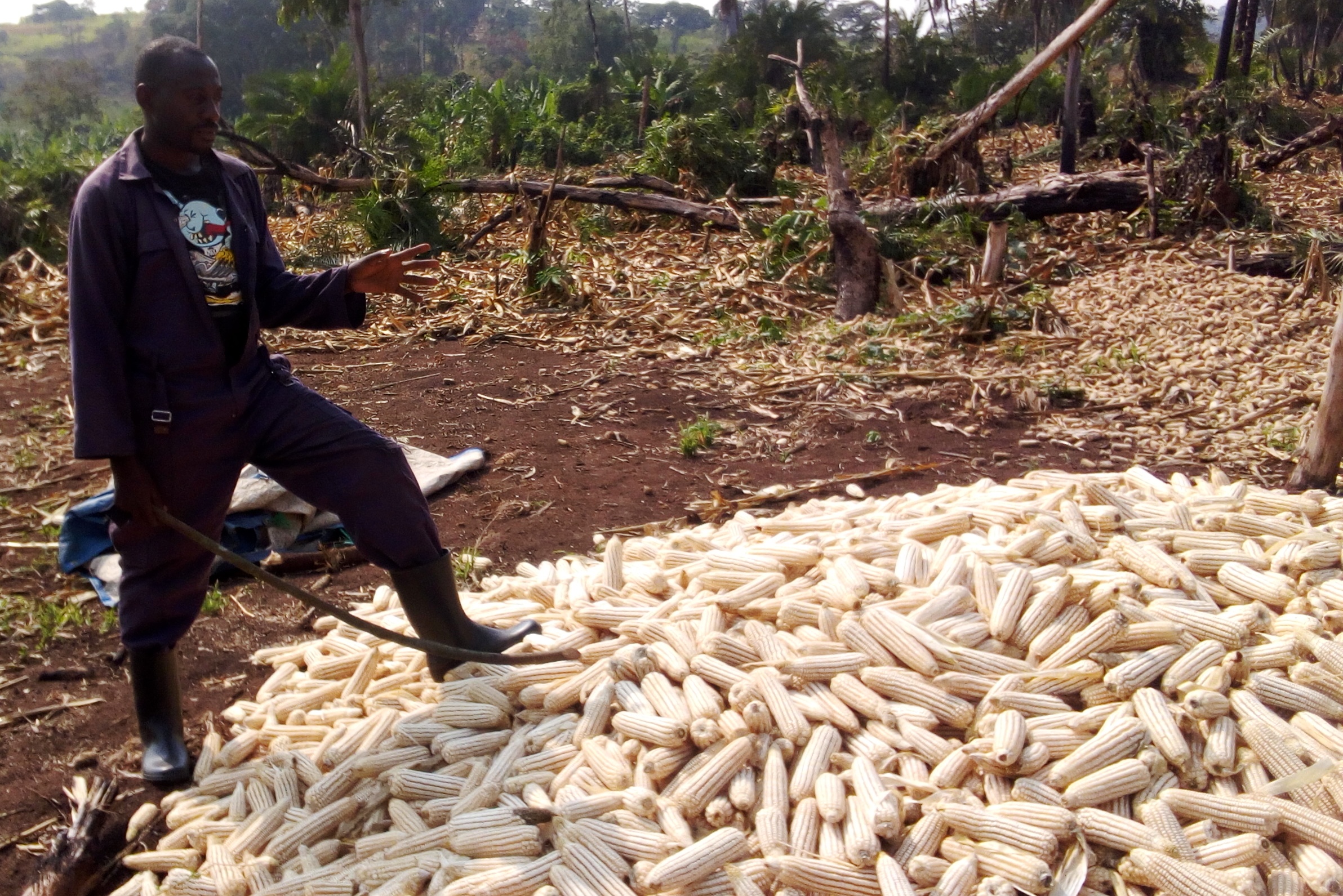
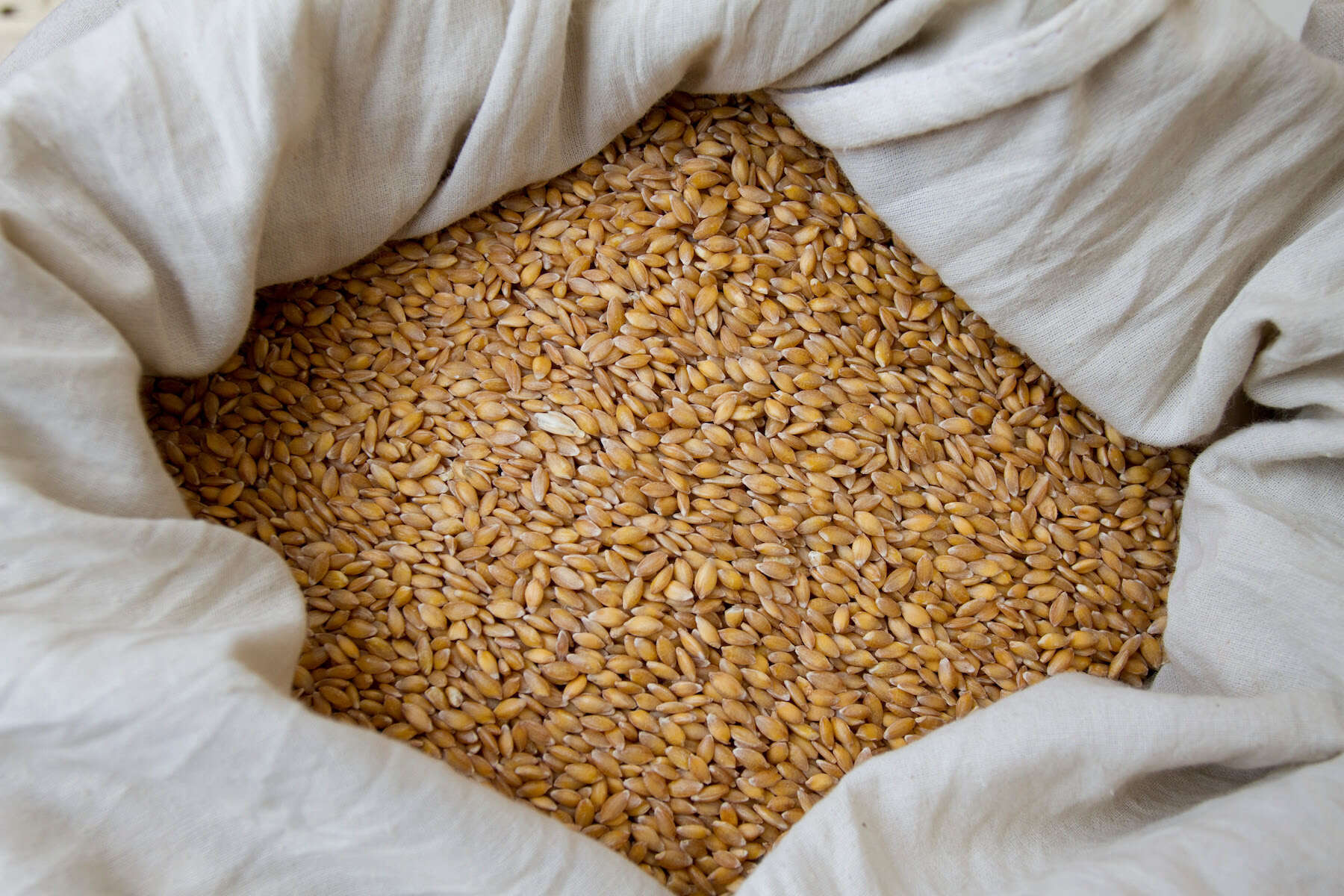

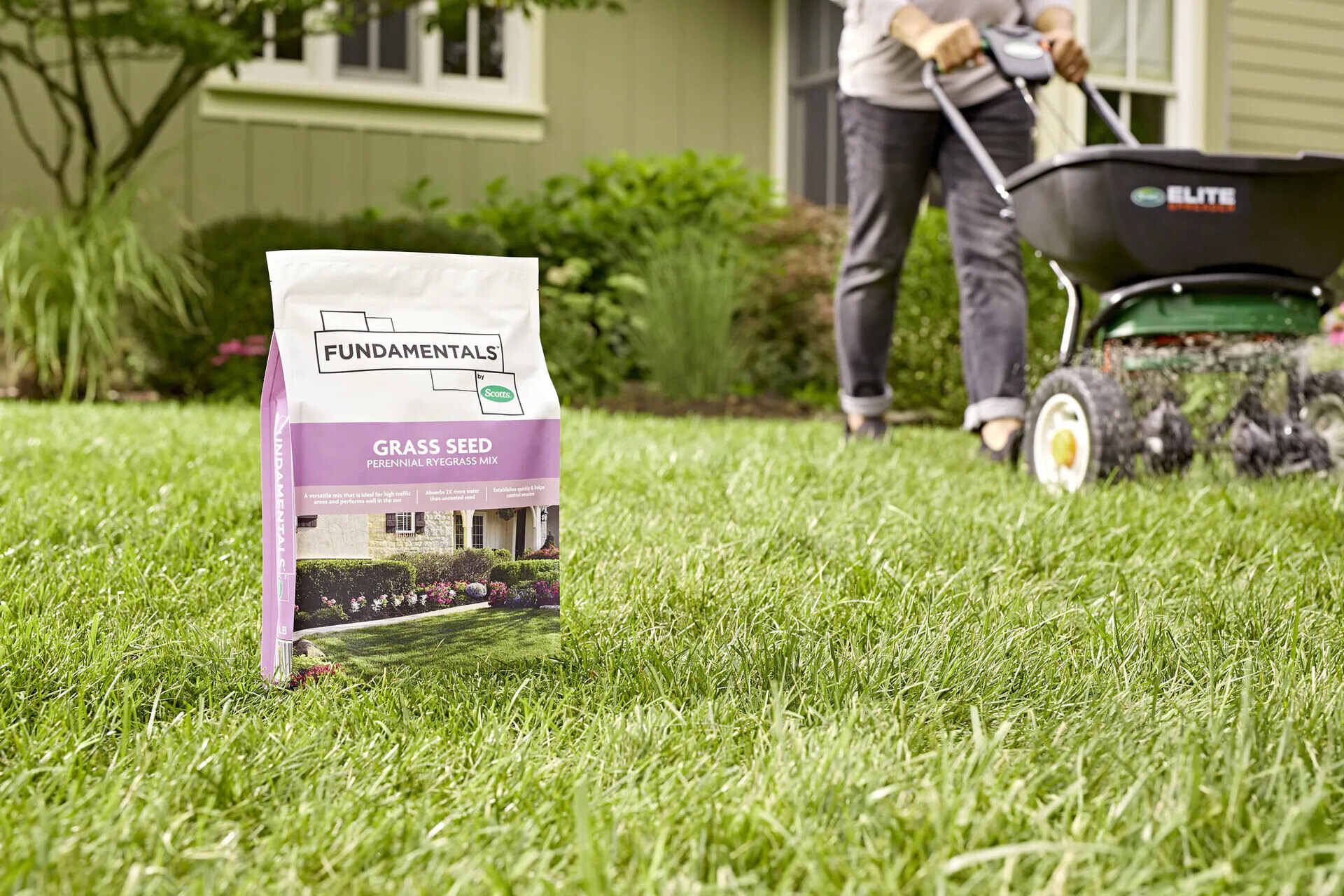
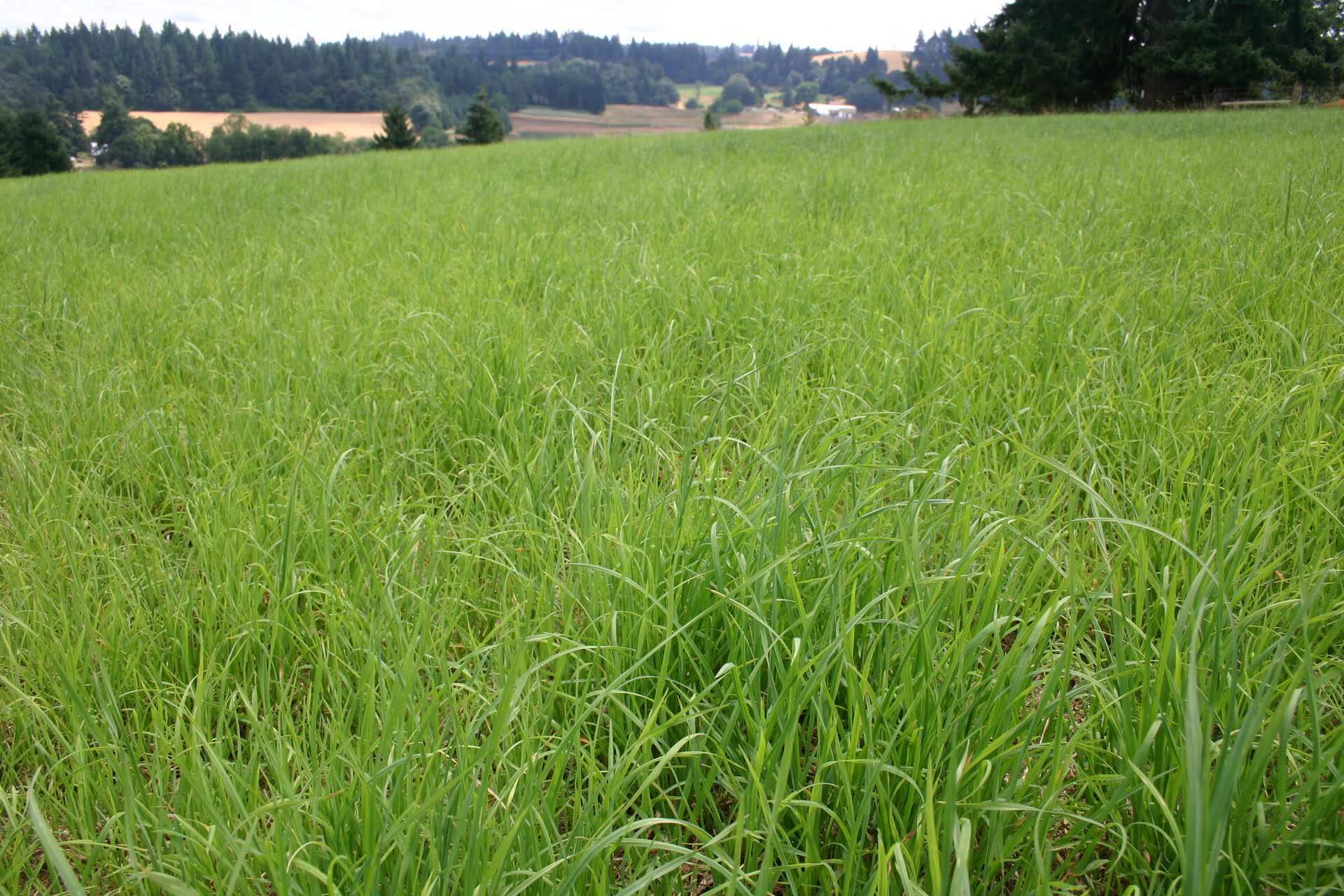
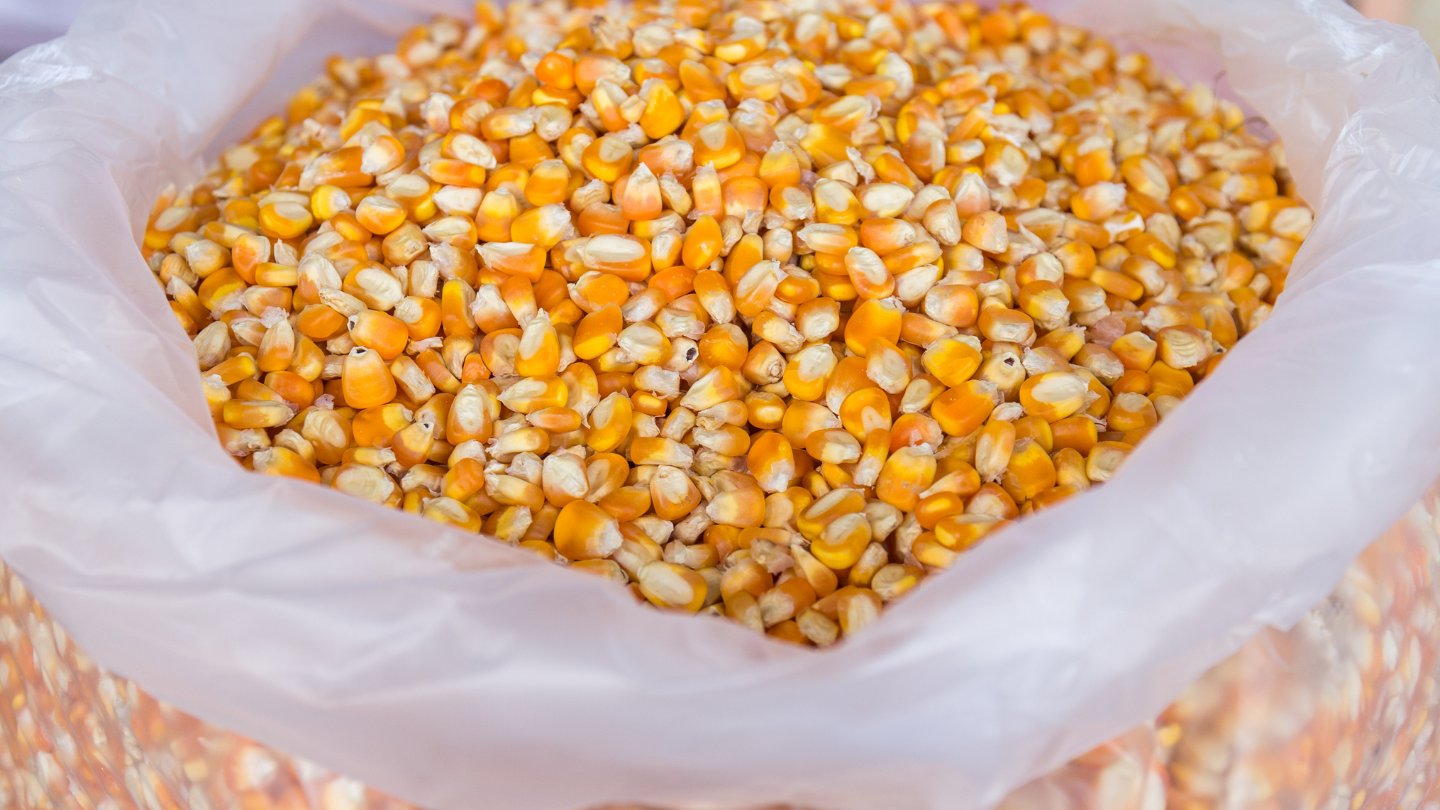
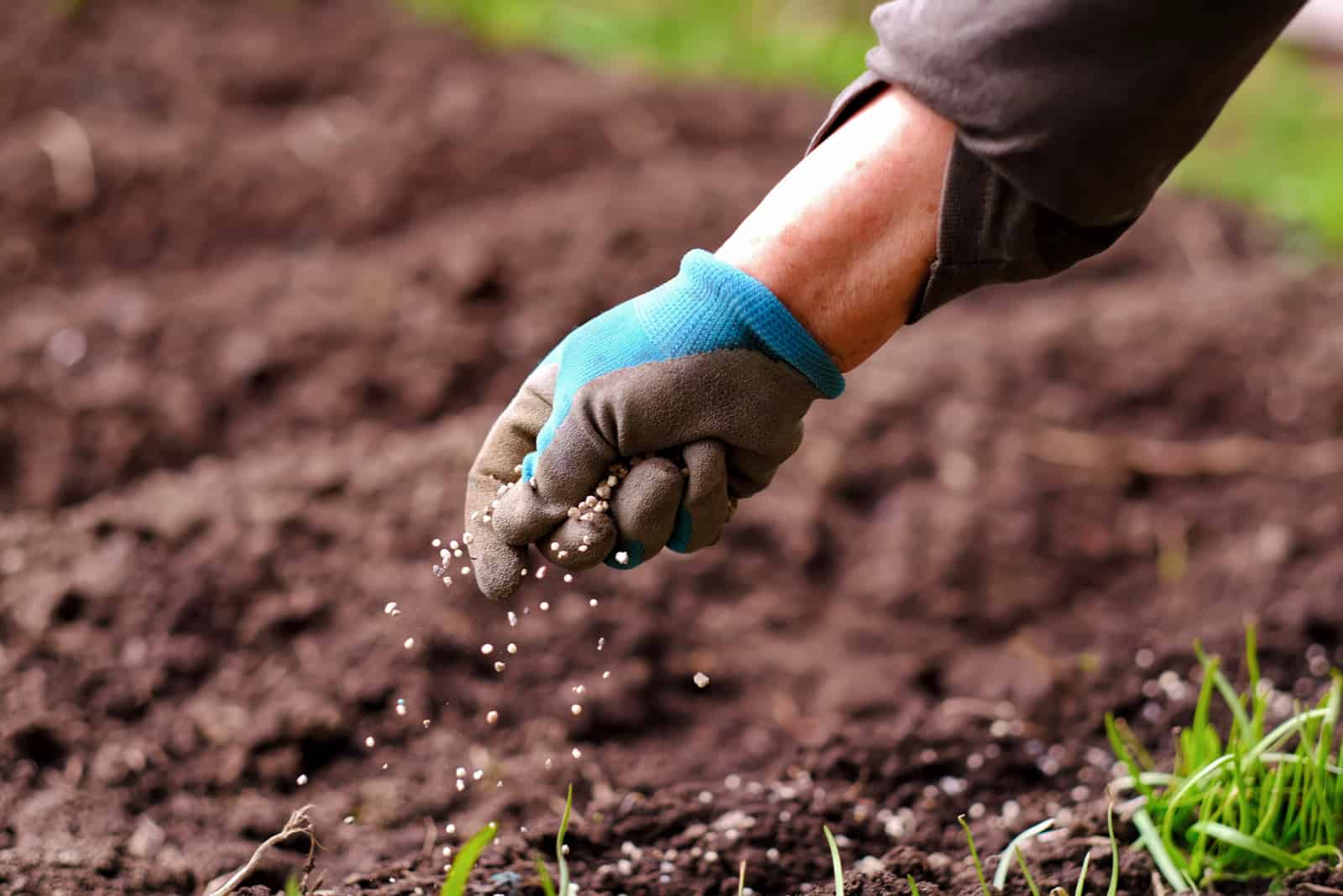

0 thoughts on “How Much Clover Seed Per Acre”